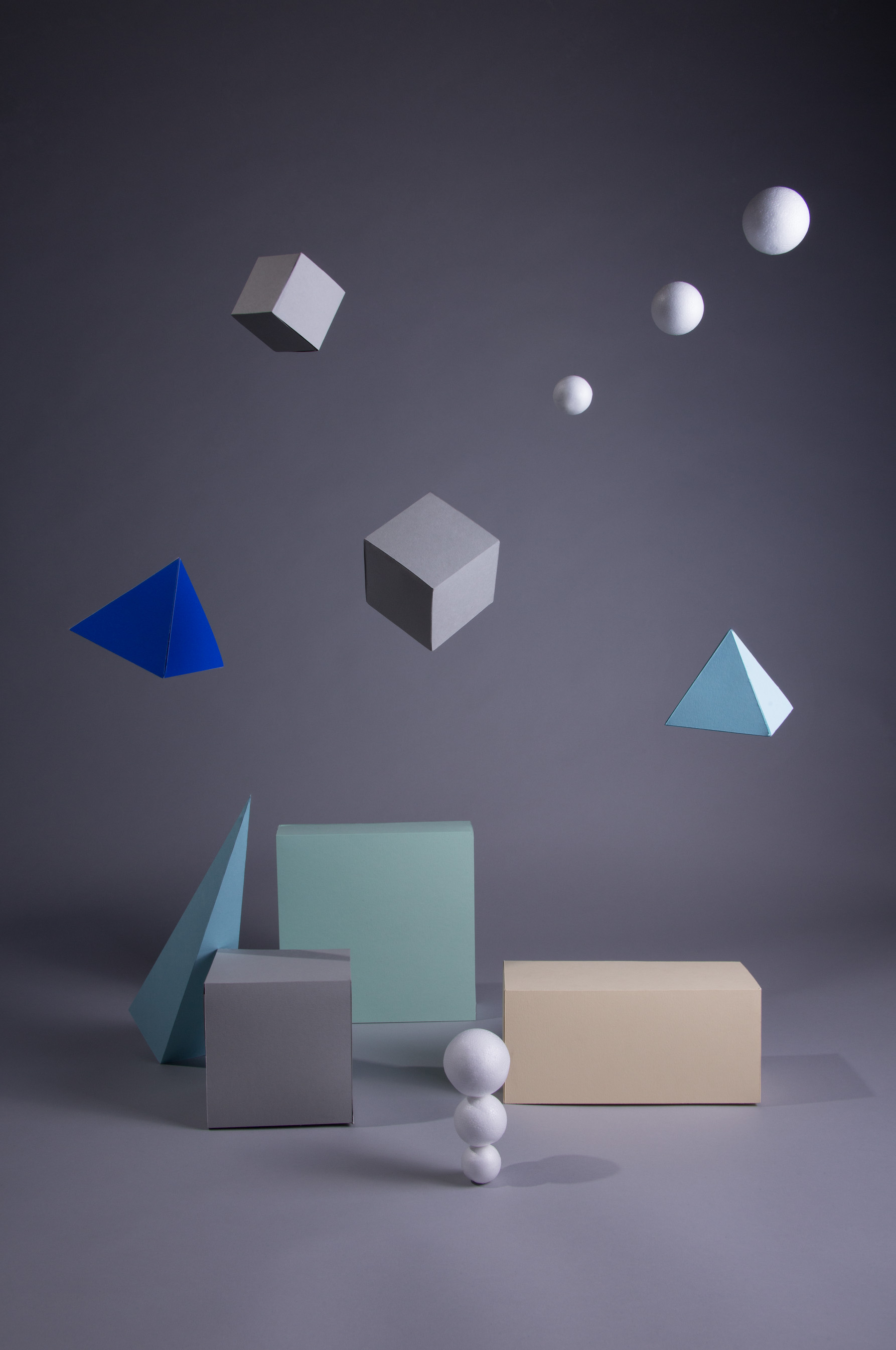State of the Arts
Can Post-Internet Art, a movement so dependent on its digital roots survive in the real world?

Post-Internet art has broken out of the screen and is finding its way into physical galleries. Can a movement so dependent on its digital roots survive in the real world?
Mixing computers and art isn’t a new idea, it was happening as far back as the sixties when the ICA in London dedicated an exhibition to the burgeoning digital art scene. Cybernetic Serendipity explored the role of computers in artistic creation, from machines that improvised music and created paintings to Nam June Paik’s experiments in distorted monitor images.
In the 70s and 80s, digital art began to lose its identity: it was encompassed by post-modern art and struggled to find its place within the art market alongside fellow subsidiary movements such as intermedia, installation art, conceptual art and multimedia art. But recently, with a major survey opening in Warsaw’s Museum of Modern Art, the Digital Revolution exhibition at the Barbican and the first auction of digital art at Phillips in London, it would seem that digital art has embraced the market and the institution again. It’s done so under the label ‘post-internet art’ and is using digital strategies to create objects that exist in the real world.
Before the advent of post-internet art, the internet was heaving with digital art works, the scope of which tested the confines of the internet and challenged our concept of the medium. Progressive digital pieces included Jon Rafman’s 9 Eyes project which used screenshots from Google Street View to explore uncanny moments captured by the impersonal eye of its roving cameras.
The Lucky PDF network of artists created Internet video programmes typically showcasing other artists’ work, while Rafaël Rozendaal was one of the first artists to sell websites as art objects. Artie Vierkant took a slightly different approach, specifically designing his abstract paintings to look good online. What these artists had in common was that the new form that their art took was totally defined by the fact that it was viewable, often exclusively, online.
Lots of digital artists have translated their work to physical environments. It’s a way of looking at the world while considering digital and physical as the extension of each other. Post-internet art essentially reimagined digital art (which until then, had been confined to the computer screen) for the physical world and in doing so, made it fit for the traditional art gallery. For many involved in the arts, digital art transcends the traditional gallery system, it democratises art and has done away with the establishment’s proposed values by setting a new precedent.
Online galleries such as Bubblebyte and Otdac (Opening Times – Digital Art Commissions) are the natural habitat for digital artwork and have helped open up critical discussions about the way we view artwork online. Such sites are beneficial for artistic exposure and consumer desires yet despite these innovations, the art market, at least for now, is still governed by the same old institutions; to make real money art must earn its stripes on the gallery circuit.
“Throughout art history, all art forms that seemed to shift away from the perceived 'norm' have been initially marginalised and not given centre stage,” says Jonathan Carroll, co-director of Carroll/Fletcher in London, a gallery with one of the most progressive attitudes to promoting crossover work. “Digital works are no different and it is finally being accepted as having no less legitimacy than painting or sculpture,” he says. “More artists are exploring the medium and collectors, curators, museums and gallerists have recognised the quality and the importance of some of these artists and their work.
As a result, galleries are giving the work the visibility it deserves.” I wouldn’t say that it's art that reinvents itself – it simply grows naturally because of, and to reflect, the developments in contemporary society and culture. For artists working in any discipline, exhibiting in galleries is a barometer for success. To get into galleries, digital artists need representation; they need the middlemen, essentially art dealers, to make those connections.
Websites such as Bubblebyte and Otdac are primarily online galleries but more importantly they are as close to an agent as a digital artist could hope for. A role of this would-be agent can be to curate a body of digital work in a post-internet context. Everything All At Once, an augmented reality exhibition at the White Cube in Hoxton, was an extension of 15Folds, an on-going online project where leading creatives are invited to make original gif art in response to a given theme.
Faced with the perpetual dilemma of how best to display digital art, 15Folds wanted to create an offline experience that was sympathetic to a gif’s original context. Opting for a roomful of QR codes responding to selected gifs, the exhibition marked the first time works have been shown using augmented reality technology in a gallery setting. It’s taken such novel ways of exhibiting digital work in context to earn the medium a place in our galleries.
As the distinction between our online and offline worlds becomes increasingly blurry, it seems that augmented reality is a perfect vehicle for bringing digital art into the gallery. But where this isn’t always possible, curators and artists are looking to post-internet art to bring the medium into the physical world. Now that our digital and physical worlds overlap to such a degree it seems a natural progression that we exhibit digital art in real-life spaces.
“The online and offline are part of the same thing now,” says Attilia Fattori Franchini of Bubblebyte and Opening Times. “Lots of digital artists have translated their work to physical environments. It’s a way of looking at the world while considering digital and physical as the extension of each other.”
The art system will always be a financial system; if it doesn’t understand how to sell and control its assets, it’s a complicated proposition. Knowing how to package or make itself tangible is digital art’s lifelong battle. In October 2013, PADDLES ON! launched as the first exclusively digital art auction at Phillips. Curated by Lindsay Howard and presented in collaboration with Tumblr, the auction was described by WIRED as an "art breakthrough". Tellingly, most of the digital works in the auction had been printed on paper or aluminium, materials we can attach value to.
Still in its relative infancy, post-internet art finds itself in an enviable position of having made its way into galleries and acquiring a price tag. “Digital artists don’t have the weight of history behind them. If you make a sculpture, there’s 5,000 years of human sculpture-making that you’re measuring up to,” says Margot Bowman, co-founder or 15Folds.
“What’s exciting is that digital art is a very experimental part of an artist’s practices; they’re not making products, they’re just making expression.”
Dressing a digital expression for the gallery or the home is something curators are starting to grasp, but for the everyday art enthusiast, reading digital spaces with the same proficiency and subtly that we read physical spaces will inevitably take time. “I wouldn’t say that it's art that reinvents itself – it simply grows naturally because of, and to reflect, the developments in contemporary society and culture,” says Carroll. “It's more valid to say that it's those that look at art who have to adjust or reinvent their range of vision."
Originally printed in Protein Journal Issue #14


